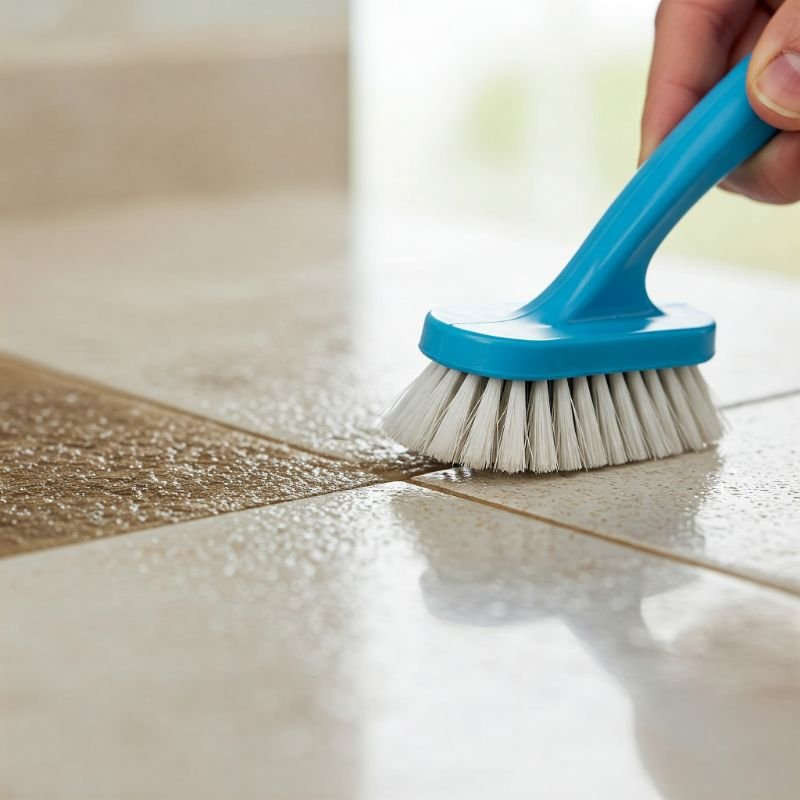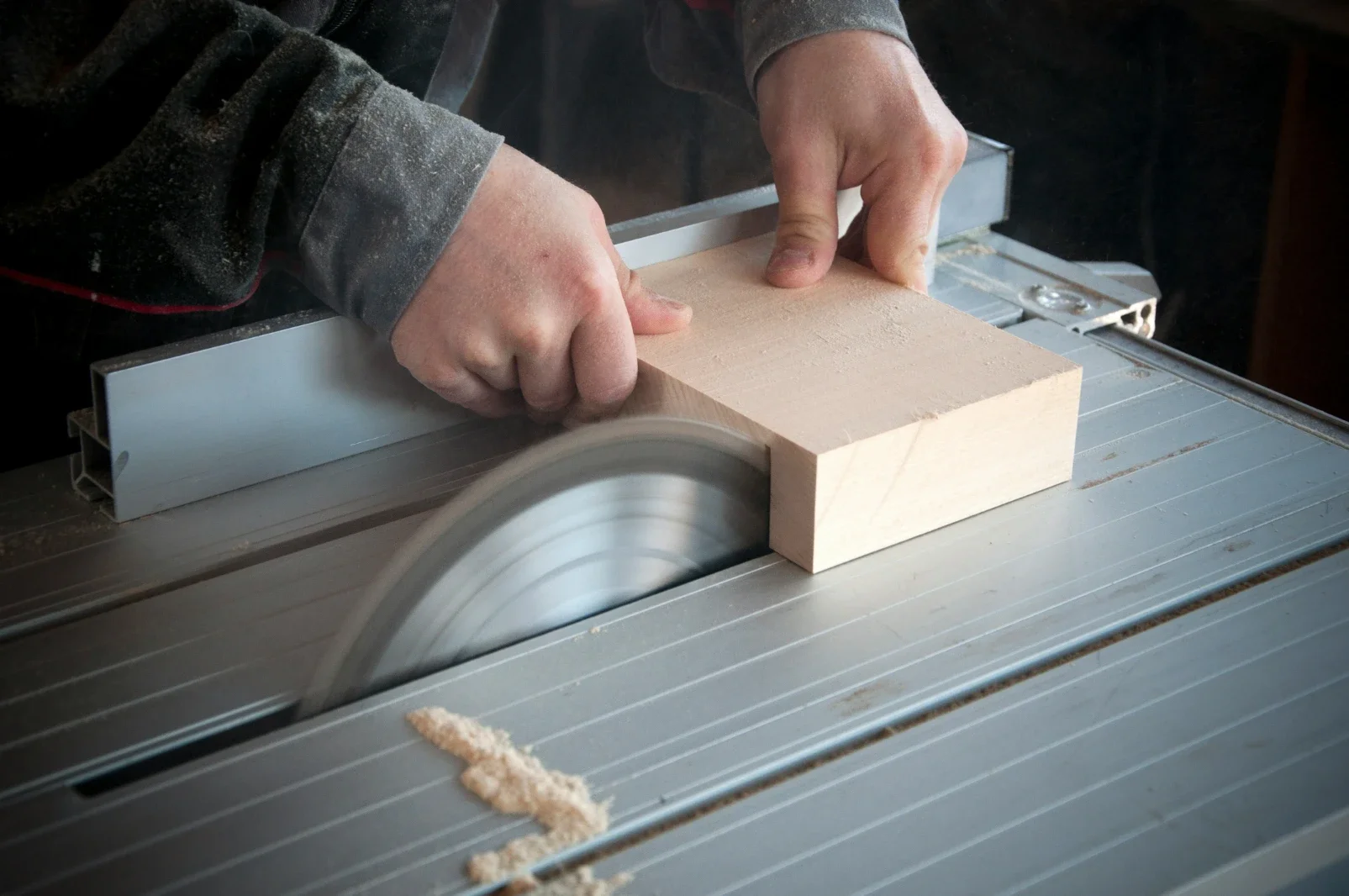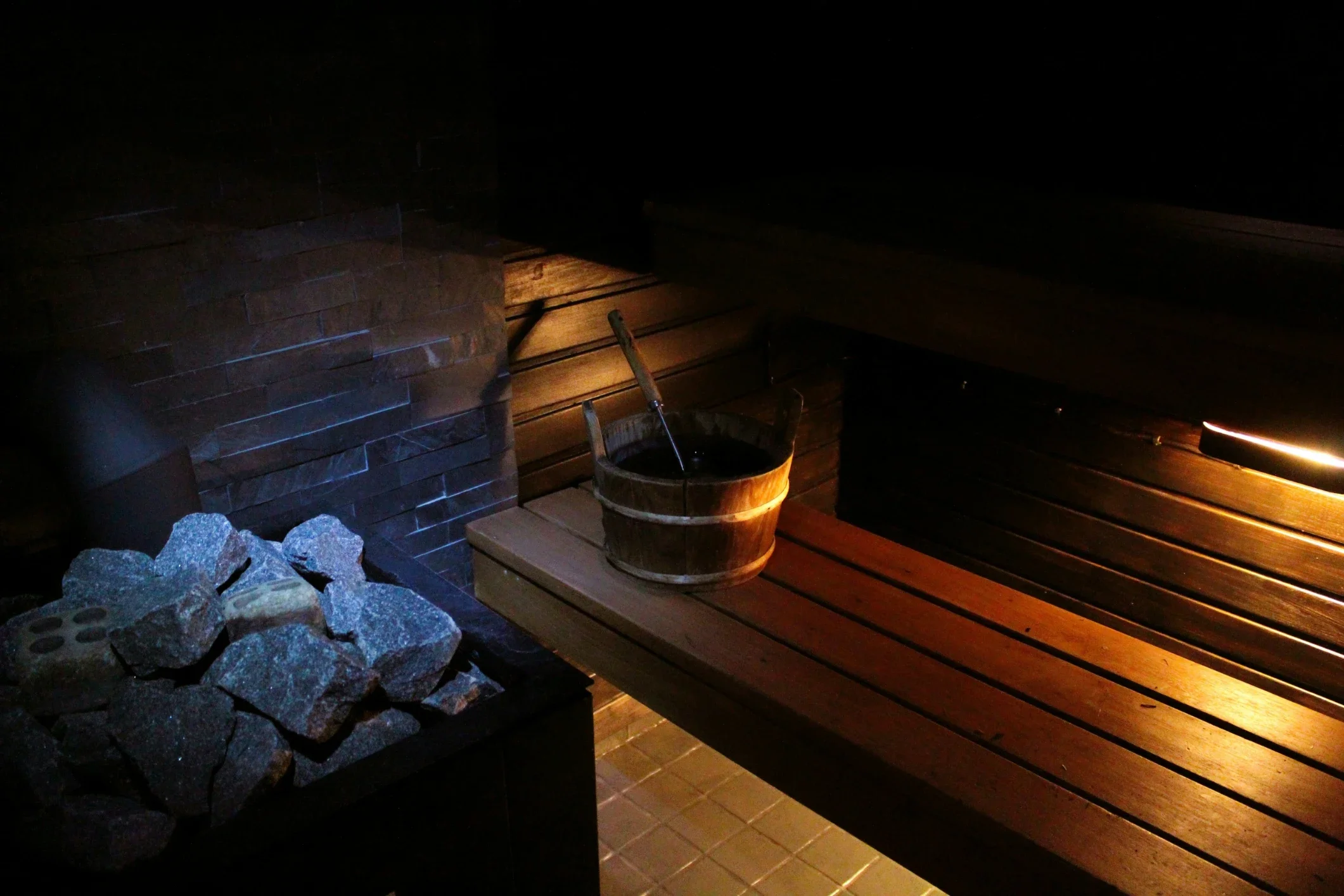How to Clean Grout and Make Tiles Shine
Want sparkling tiles that make your floors look brand-new? Discover tips and tricks on how to clean grout and make tiles shine effortlessly with this comprehensive, easy-to-follow guide.
Have you ever walked barefoot across your tiled floor and wondered where all that initial sparkle went? You’re not alone. Over time, grout can turn into a grimy eyesore, and tiles might lose their luster faster than you can say, “Hey, when did my floor get so dull?” That’s why we’re diving into the ultimate how-to on giving your floors a makeover—revealing exactly how to clean grout and make tiles shine. By the time you finish reading this insider’s handbook, you’ll be ready to tackle that stubborn buildup and restore your tile surfaces to their former glory.
After all, achieving that “wow” factor in your bathroom, kitchen, or entryway shouldn’t require a PhD in chemistry. From everyday household hacks to a few surprising cleaning solutions, we’re about to break it all down in a way that won’t leave you with a headache or an empty wallet. Ready to roll up your sleeves and make that floor shine like a diamond? Let’s get started.
Understanding Grout: The Unsung Hero
Before we plunge into the nitty-gritty of how to clean grout and make tiles shine, let’s clarify what grout actually does. It’s a porous filler that secures tiles in place and keeps water from sneaking underneath. Pretty important stuff, right?
Grout tends to absorb spills, dirt, and even mold over time. That’s why it can look darker (and frankly, quite yucky) in just a matter of months. Imagine it as your floor’s designated “sponge”—it soaks up everything! Without proper care, it can transform from a barrier into a breeding ground for bacteria. Yikes.
Why Does Grout Get Dirty So Fast?
Porous Structure: Tiny holes in grout allow stains and dirt to set in easily.
Moisture Magnet: Bathrooms and kitchens tend to be humid zones, perfect for mold growth.
Everyday Traffic: Shoes, bare feet, and paws all bring extra grime across your floors.
Tools You’ll Need to Clean Grout
Walking through the hardware store, a million products might jump out at you. But hold your horses! You only need a handful of items to do a bang-up job:
Stiff-Bristle Brush or a designated grout brush
Mild Detergent or your favorite all-purpose cleaner
Baking Soda for a natural scrubbing agent
Vinegar or a diluted bleach solution (only if absolutely necessary)
Spray Bottle to apply your cleaners evenly
Old Toothbrush for those teeny-tiny corners
Protective Gear like gloves and perhaps goggles—safety first!
You’ll notice that half of these items are probably lurking somewhere in your home already. There’s no need to spend a fortune on specialized products when common household supplies do the trick.
Decoding Specialty Cleaners
Sure, there are commercial products galore if you’re looking to save time. Some boast miraculous “spray and wipe” claims. If convenience is key, these specialized formulas might be worth a look. But don’t let flashy labels fool you into paying big bucks if a simple baking soda paste and a little elbow grease will yield the same results. Sometimes, time-tested solutions can knock your socks off more than fancy chemicals.
Step-by-Step: How to Clean Grout and Make Tiles Shine
Drumroll, please! We’ve reached the heart of our mission: revealing the step-by-step process to get those tiles gleaming again. By now, you should have a decent idea of what grout is, why it gets filthy, and which supplies will help. Let’s take action.
Step 1: Prep the Area
Clear the Floor: Remove any rugs, mats, and random items that block your way.
Dry Sweep or Vacuum: Collect loose debris before introducing any liquid cleaners.
Ventilation, Ventilation, Ventilation: Open windows or switch on exhaust fans, especially if you’re using stronger products.
Dangling modifier alert: While opening the window, the fresh air might feel like a gentle spring breeze that reinvigorates your cleaning spirit. What a difference fresh air can make!
Step 2: Create Your Grout Cleaner
Baking Soda & Water Paste: Combine three parts baking soda with one part water until it forms a thick paste.
Commercial Cleaner: If you’re going the store-bought route, read the label carefully to ensure it’s suitable for your specific type of tile and grout.
At this juncture, you might be thinking, “Really? Baking soda? That’s it?” But trust me, this unassuming kitchen staple can work wonders.
Step 3: Apply the Paste and Let It Sit
Spread the paste liberally onto the grout lines. Then—this part’s crucial—let it sit for at least 5 to 10 minutes. Have you ever marinated chicken and been amazed at the flavor difference compared to tossing on seasoning at the last second? The same concept applies here. Give those ingredients time to do their thing.
Step 4: Scrub, Scrub, Scrub
Now the real fun begins. Grab your stiff-bristle brush or old toothbrush and start working the paste into the grout. You’ll want to apply moderate pressure without going overboard. It’s a bit like giving your floor a deep-tissue massage—just enough force to loosen dirt without damaging the surface.
Tips:
Use circular motions to reach every nook and cranny.
Wipe your brush on a cloth periodically to remove accumulated grime.
Step 5: Rinse or Wipe Away the Residue
After you’ve put some elbow grease into it, use a damp cloth or mop to wipe away the residue. You’ll likely notice a dramatic improvement in color—a sign you’re on the right track. If necessary, rinse the floor one more time. Then stand back and admire your almost-finished masterpiece.
Making Tiles Shine: The Final Frontier
Cleaning grout is one thing, but ensuring your tiles shine like polished glass is a whole other ball game. Fear not! We’re about to tackle this final step with gusto.
Polishing Porcelain and Ceramic Tiles
Porcelain and ceramic tiles are generally low-maintenance, but they can still become dull over time. A simple solution of warm water and a few drops of dish soap can remove surface-level dirt, leaving a squeaky-clean finish. If you want that extra sparkle:
Use a Microfiber Mop: It grabs onto dirt better than traditional cotton.
Try a Few Drops of White Vinegar: Mix with water for a streak-free shine (just make sure your tile can handle vinegar without damage).
Buff with a Dry Cloth: As soon as you’re done mopping, dry the surface to prevent water spots.
Natural Stone Tiles Deserve a Gentle Touch
Are you dealing with marble, travertine, or slate? Be cautious! Harsh chemicals can etch the stone and dull its finish. Stick to pH-neutral cleaners or products specifically made for natural stone. Then, treat your floor like a delicate gem.
Avoid Vinegar: Its acidity can damage the tile surface.
Pick Soft Brushes: Stiff bristles might scratch stone tiles.
Common Pitfalls and How to Dodge Them
While trying to figure out how to clean grout and make tiles shine, you might hit a few bumps along the way. Let’s nip those in the bud:
Overusing Bleach
Bleach can be your best friend or your worst enemy. When overused or undiluted, it can degrade grout and cause discoloration. Plus, nobody wants that eye-watering smell taking over the house. If you’re going to use it, dilute it properly, and rinse thoroughly afterward.
Skipping Regular Maintenance
Ever heard the idiom “An ounce of prevention is worth a pound of cure?” It applies here big time. By regularly sweeping and quickly wiping spills, you minimize how often you’ll need to do a major cleaning spree. Neglecting small messes leads to monstrous stains later.
Not Checking Tile Compatibility
All tiles aren’t created equal. Some folks discover too late that their favorite cleaning product left behind a hazy residue or, worse, scratches. So, always test a small patch first.
DIY vs. Professional Services
Sometimes, no matter how many times you circle back to the question of “How to Clean Grout and Make Tiles Shine,” you hit a wall. If your grout’s in poor shape—cracked, heavily stained, or mold-infested—it might be time to call in the pros.
Pros:
They have high-grade tools like steam cleaners and industrial solvents.
They can spot underlying issues like loose tiles or water damage.
Cons:
Services can be pricey.
You’ll have to schedule around their availability.
If you’re a go-getter who loves a challenge (and wants to save a few bucks), DIY methods can still produce stellar results. Just be prepared to invest a little time and energy.
Troubleshooting Stubborn Grout Stains
You scrubbed. You soaked. You prayed. Still, the stain mocks you. That’s when it’s time to level up your game:
The Hydrogen Peroxide Trick
Create a paste using hydrogen peroxide and baking soda. Spread it onto the stain, cover it with plastic wrap to seal in moisture, and let it sit for about 15 minutes. Then scrub and rinse. Consider it your “heavy artillery” approach.
Steam Cleaning
Steam cleaning is another strategy that’s fantastic for blasting away grime. Most machines come with attachments specifically designed for floors. Just check if your tiles can handle the heat without warping or weakening.
Safety Precautions
We’ve talked a lot about how to clean grout and make tiles shine, but let’s not forget about staying safe in the process. Some cleaning solutions—whether store-bought or homemade—can be quite potent.
Wear Gloves to shield your skin from chemicals.
Use Eye Protection if there’s a risk of splattering, especially with bleach or strong acidic cleaners.
Don’t Mix Cleaners like ammonia and bleach; the resulting fumes could be hazardous.
Eco-Friendly Alternatives
If you’re itching to reduce your carbon footprint, you’re in luck. Numerous eco-friendly methods can clean grout and shine tiles without harming the environment. In fact, you already know one or two, such as baking soda and vinegar (just not on acid-sensitive stone).
Soap Nuts and Essential Oils
Ever heard of soap nuts? They’re a natural cleaning agent from the Sapindus tree. Combine them with warm water to create a mild, biodegradable cleanser. Add a few drops of essential oils for a fresh scent—nothing like lavender or citrus to make your home smell divine.
Quick Maintenance Hacks
Now that your grout is fresh and your tiles are shiny, you don’t want all that hard work to go to waste. Good news: Maintaining that sparkle isn’t rocket science.
Weekly Quick Mop: Use warm water mixed with a small amount of mild cleaner.
Spot Cleaning: If you see a spill, tackle it immediately.
Use Rugs and Mats: Placing them at entryways can drastically reduce tracked-in dirt.
As they say, “an ounce of prevention is worth a pound of cure”—so, nip those spills in the bud.
Re-Grouting: Is It Worth It?
Occasionally, grout just can’t be resurrected. It might be cracked, missing in places, or permanently stained. In those cases, re-grouting might be your best bet. While it may sound like a big project, re-grouting can breathe new life into your tiles, making them look as though they were installed yesterday.
Cost Factor: A bit of elbow grease and minimal materials can refresh your surfaces drastically.
Time Commitment: Removing old grout, applying new grout, and letting it cure can take a weekend or more.
Long-Term Benefits: Once you re-grout, regular cleaning will be easier, and your tiles will maintain that just-laid look.
Conclusion
Grout is the unsung hero of your tile floor, but it needs some TLC to keep everything looking spiffy. Learning how to clean grout and make tiles shine boils down to a few fundamental steps: picking the right cleaning solution, applying it correctly, and following up with a good polish (or seal, if needed). Whether you go for a homemade baking soda paste or a specialized commercial cleaner, consistency is the key to maintaining that gorgeous gleam.
So, are you ready to give your floors the royal treatment? With the tips and tricks from this insider’s handbook, you’ll know precisely how to clean grout and make tiles shine—no more second-guessing or battling stubborn stains. Just imagine walking across your tiles, noticing that reflection, and thinking: “Well, I sure nailed this one.” Now, that’s something to celebrate.
And remember, if you ever feel out of your depth, professional help is just a phone call away. But who knows? With all this newfound knowledge, you might just become the neighborhood’s go-to expert on dazzling floors. Congratulations on taking this important step toward a pristine, vibrant home—and get ready to watch your tiles sparkle like never before.
Frequently Asked Questions
1. Can I use vinegar on all tile types?
Unfortunately, no. Vinegar is acidic and can damage natural stone tiles like marble or travertine. For porcelain or ceramic tiles, a diluted vinegar solution is generally safe.
2. How often should I deep clean my grout?
Most folks find that deep cleaning every three to four months is sufficient. Of course, if you’ve got a busy household with kids or pets, a quick monthly scrub might be beneficial.
3. What if my grout never returns to its original color?
Sometimes, grout gets stained beyond salvation. In that case, consider using a grout stain or sealer that can refresh its look without the hassle of re-grouting.
4. Is steam cleaning safe for all tile floors?
Not always. Certain tiles, especially those with cracks or questionable sealing, might be vulnerable to high heat. Always check the manufacturer’s recommendations or test a small area first.
5. Can I seal the grout myself?
Absolutely. Grout sealers are available in handy applicator bottles or tubes, making it fairly easy for the average DIYer to handle. Just ensure the grout is thoroughly clean and dry before applying the sealer.

































